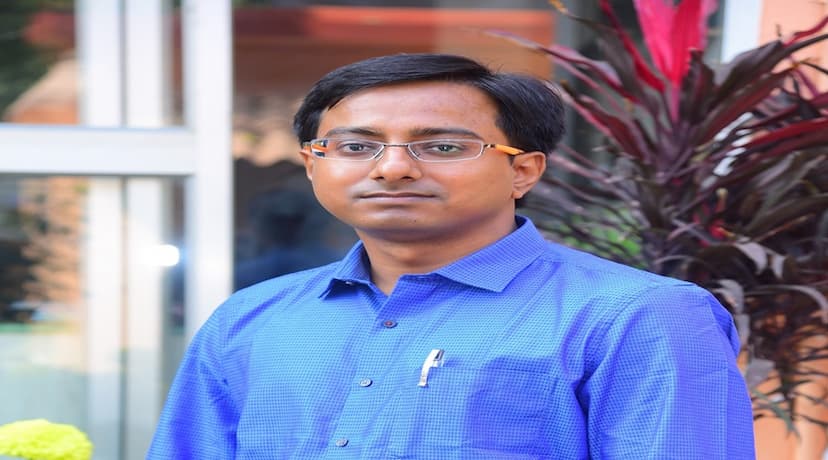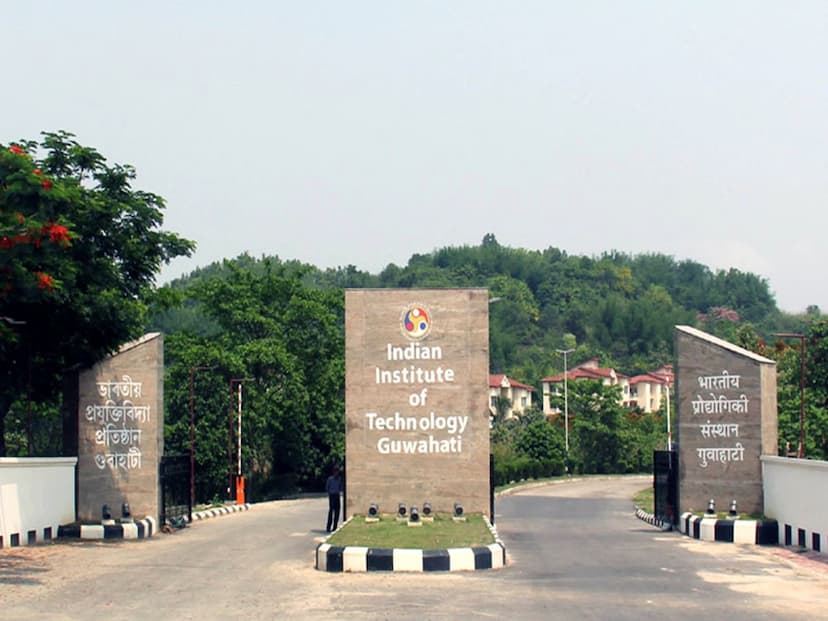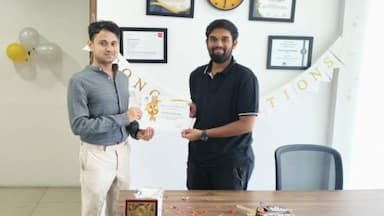IIT Guwahati develops great nanomaterial for detection

IIT Guwahati researchers developed an innovative approach to detecting harmful metals in living cells and the environment.
The team of researchers from IIT Guwahati were led by Prof. Saikat Bhaumik, Assistant Professor, Department of Physics,in collaboration with Prof. Chandan Goswami, Associate Professor, NISER Bhubaneswar.


Revolutionize
This innovation could revolutionize disease diagnostics and environmental monitoring by improving the detection and management of metal toxicity in biological systems.
Perovskite nanocrystals
Central to this research are perovskite nanocrystals, cutting-edge materials known for their exceptional properties, making them ideal for detecting metal ions, say sources from IIT Guwahati.
These nanocrystals, about 100,000 times smaller than a human hair, interact with light in significant ways, enabling them to serve as fluorescent probes inside living cells.

However, their quick degradation in water has previously limited their applications, say sources from IIT Guwahati.
Silica and polymer
To address this, the researchers encapsulated the perovskite nanocrystals in silica and polymer coatings, significantly enhancing their stability and luminescent intensity in water.
This modification ensures the nanocrystals maintain their functionality over extended periods, making them highly effective for practical use, say IIT Guwahati researchers.

Light
The enhanced nanocrystals emit a bright green light under specific wavelengths, enabling precise detection of mercury ions, which are hazardous even in minute concentrations.
Mercury exposure, whether through contaminated food, water, inhalation, or skin contact, poses severe health risks, including nervous system damage, organ dysfunction, and cognitive impairments.
The IIT Guwahati research team’s nanocrystals demonstrated remarkable sensitivity, detecting mercury levels as low as a few nanomolar concentrations.
Moreover, when tested on live mammalian cells, the nanocrystals were found to be non-toxic, preserving cell function while effectively monitoring mercury ions.

Department of Physics at IIT Guwahati
Prof. Saikat Bhaumik, Assistant Professor, Department of Physics, IIT Guwahati, said one of the standout features of these perovskite nanocrystals is their narrow emission linewidth, which is desirable for improving the sensitivity due to the high signal-to-noise ratio for metallic detection.
Traditional imaging methods often struggle with light scattering, making it difficult to capture clear images from deeper cell layers, said Prof Saikat Bhaumik of IIT Guwahati.
‘The ability of the perovskite nanocrystals to undergo multiphoton absorption overcomes this limitation, allowing for sharper and more detailed imaging.’
‘These properties make them ideal for advanced fluorescence imaging in medical and biological research.’

These nanocrystals could play a pivotal role in identifying other toxic metals in biological systems and could also be adapted for drug delivery, enabling real-time monitoring of treatment efficacy, say IIT Guwahati researchers.
Publishing
The findings of this research have been published in leading journals, including “Journal of Materials Chemistry C” and “Materials Today Chemistry”.
These articles are co-authored by Prof. Saikat Bhaumik and his research team comprising Prof. Chandan Goswami, Mr. Ashutosh Mohapatra, Ms. Kajol Sahoo, Mr. Tusar Kanta Acharya, Mr. Satish Kumar, Mr. Nishant Kumar Dubey.
Commitment
This innovative development highlights IIT Guwahati’s commitment to addressing global challenges through cutting-edge research, with promising implications for both healthcare and environmental sustainability.

At present, the Institute has eleven departments, nine interdisciplinary academic centres and five schools covering all the major engineering, science, healthcare, management, and humanities disciplines.
They are offering BTech, BDes, BSc(Hons), MA, MDes, MTech, MSc, MS(R), MBA and PhD programmes.
The institute offers a residential campus to 455 faculty members and more than 8,600 students at present.
IIT Guwahati has retained the 7th position among the best engineering institutions of the country, 9th position in ‘Overall’ and 10th position in ‘Research’ Categories in the ‘India Rankings 2024’ declared by the National Institutional Ranking Framework (NIRF) of the Union Ministry of Education.
S Vishnu Sharmaa now works with collegechalo.com in the news team. His work involves writing articles related to the education sector in India with a keen focus on higher education issues. Journalism has always been a passion for him. He has more than 10 years of enriching experience with various media organizations like Eenadu, Webdunia, News Today, Infodea. He also has a strong interest in writing about defence and railway related issues.





